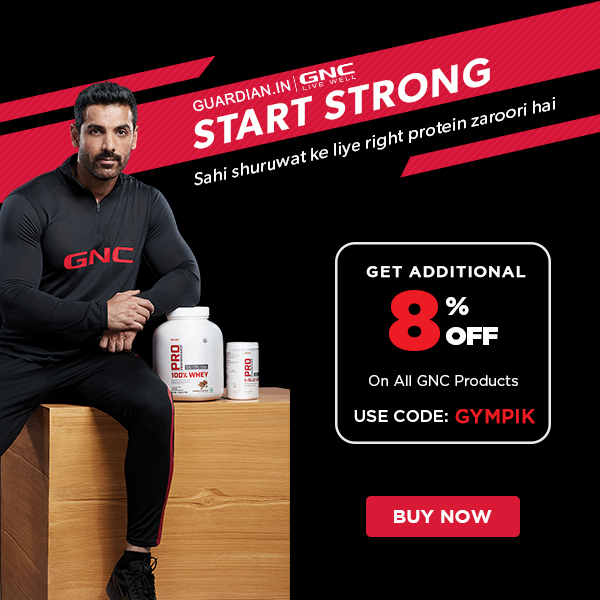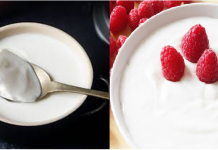 We know the correlation of cardiovascular problems to high levels of sodium whose major dietary source is salt. Even if you don’t add salt to your food, you’re already consuming a high amount of sodium through salt added in daily food such as bread, cereals, and fast foods such as burgers, pizza, ready-to-eat food, soup, crisps, and the list goes on. Processed baby foods may contain high amount of salt too.
We know the correlation of cardiovascular problems to high levels of sodium whose major dietary source is salt. Even if you don’t add salt to your food, you’re already consuming a high amount of sodium through salt added in daily food such as bread, cereals, and fast foods such as burgers, pizza, ready-to-eat food, soup, crisps, and the list goes on. Processed baby foods may contain high amount of salt too.
Appropriate amount of sodium and potassium are required for the proper functioning of the nervous system. However, too much of sodium can lead to the improper balance of sodium and potassium and disturb the normal nerve functions, also risking hypertension and kidney damage. On the other hand, consuming too little sodium can lead to irregular heart rhythms or even lower the blood pressure, lead to weakness, muscle spasms, and further health complications. We mustn’t forget that sodium is equally important to maintain the correct balance of fluids. Sodium plays a vital role for muscle contraction and relaxation. During rigorous exercises, we sweat, and sodium is a key factor to bring about this sweating process and allow us to cool down, thus avoiding dehydration and heat stroke.
What’s the recommended sodium intake?
The international dietary guidelines recommend limiting the amount of sodium intake to less than 2,300 mg per day, which is equal to 1 tablespoon of salt. Likewise, for children it should be even lesser, approximately ½ a teaspoon. The dietary guidelines also recommend to further reduce the intake of sodium to less than 1,500 mg per day in case you suffer from hypertension, diabetes or any chronic kidney diseases, and are 50 years and above. As a matter of fact, sodium intake to some extent may even depend on the ethnic race, age and gender; hence, it is always advisable to seek an expert guidance and consultation with your family dietitian.
Here are certain tips and guidelines that can be followed to limit the sodium intake. Certainly this theoretical knowledge coupled with an advice from your dietitian can help you make a wise decision on your dietary salt intake.
Food labels
Certain products may have the information on percentage daily value (%DV) of sodium per serving of food. The % DV is for one serving of food. For instance, 5% DV (120) or less per serving is less in sodium, while 20% DV or more is more in sodium. Likewise, go in for food where labels read as less than 5 mg of sodium per serving are sodium free, at least 50% less sodium than the regular product are lightly salted. Ideally, one should consume less than 100% DV or less than 2,400 mg of sodium per day.
The %DV for sodium is based on 100% of the recommended amount of sodium, which is less than 2400 mg per day.
Salt substitutes
There are many commercial salt substitutes that make health claims of being low in sodium but high in antioxidants and vitamins. These don’t call in for healthy substitutes of salt since such extravagant health claims are not supported or verified by FDA. Hence, it is best to consult your dietitian before choosing such salt substitutes.
 While shopping, check for labels with low sodium content on crisps, frozen meals, packaged soups, noodles, and other condiments. Go in for unsalted nuts, choose low-fat or fat free cheese instead of processed cheese. Try fresh or frozen meat rather than buying the canned, smoked or processed meats.
While shopping, check for labels with low sodium content on crisps, frozen meals, packaged soups, noodles, and other condiments. Go in for unsalted nuts, choose low-fat or fat free cheese instead of processed cheese. Try fresh or frozen meat rather than buying the canned, smoked or processed meats.
Eat safe, eat at home
More importantly, try cooking and eating homemade food with less salt. Homemade sauces and pizzas are far better than the ones served at restaurants. You are in control of how much salt you could probably add. This way you can limit the amount of salt in your diet and in turn provide a healthy lifestyle to yourself and your family. Don’t you think it’s time you book an appointment with your dietitian?


 Traqade
Traqade































Thank you for sharing this exciting survey opportunity. Participating in surveys is a great way to share your opinions and win fabulous prizes. The chance to win a refreshing iced coffee with frenched Vanilla for just $1 sounds fantastic! Make sure to take advantage of this golden opportunity. Head over to https://www.surveymemo.co/ and get involved in the survey. Good luck!